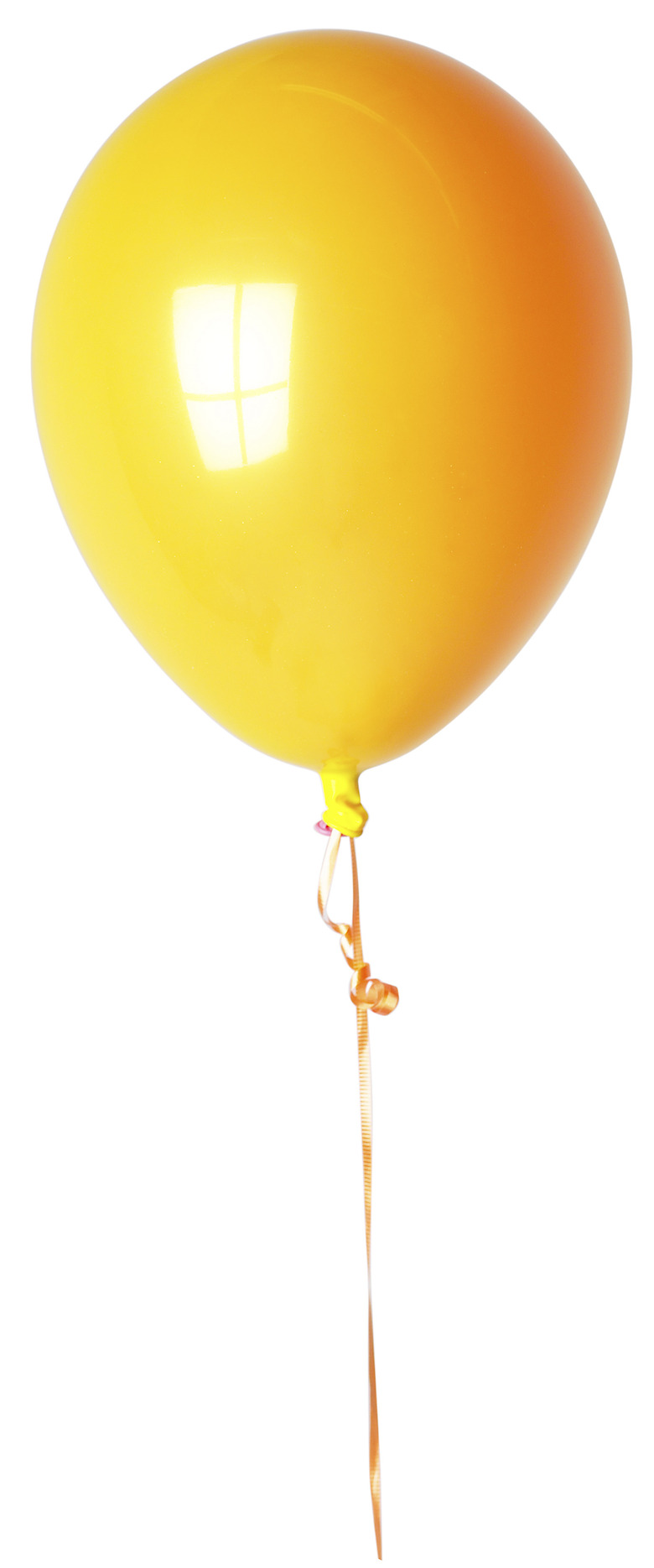Science Experiments Involving The Kinetic Molecular Theory Of Gases
According to kinetic molecular theory, a gas consists of a large number of tiny molecules, all in constant random motion, colliding with each other and the container that holds them. Pressure is the net result of the force of those collisions against the container wall, and temperature sets the overall speed of the molecules. Several science experiments illustrate the relationships among temperature, pressure and volume of gas.
Balloon in Liquid Nitrogen
Balloon in Liquid Nitrogen
Liquid nitrogen is an inexpensive liquefied gas available from most industrial welding distributors; its extremely low temperature lets you dramatically demonstrate several principles of kinetic molecular theory. Although it is relatively safe, working with it requires the use of cryogenic gloves and safety goggles. Obtain a few liters of liquid nitrogen and an open Styrofoam container such as a picnic cooler. Inflate a party balloon and tie it off. Pour the liquid nitrogen into the container and place the balloon on top of the liquid. In a few moments, you will see the balloon shrink noticeably until it becomes completely deflated. The extreme cold slows the molecules in the gas, which also reduces the pressure and volume. Carefully remove the balloon from the container and set it on the floor. As it warms, it will expand to its former size.
Pressure and Volume with Constant Temperature
Pressure and Volume with Constant Temperature
If you change the volume of a container of gas slowly, the pressure also changes but the temperature holds steady. To demonstrate this, you need an airtight syringe marked in milliliters and a pressure gauge. First, withdraw the syringe so the piston is at its highest mark. Note the pressure reading and the syringe volume. Press the syringe piston in by 1 milliliter and write down the pressure and volume. Repeat the process a few times. When you multiply the volume by the pressure for each reading, you should obtain the same numerical result. This experiment illustrates Boyle's Law, which says that when temperature is constant, the product of pressure and temperature are also constant.
Compression Igniter
Compression Igniter
A compression igniter is a demonstration device consisting of a piston inside a closed transparent cylinder. If you place a piece of tissue paper in the cylinder and screw the cap on, then hit the piston handle with your hand, the action rapidly compresses the air inside. This produces a condition called adiabatic heating: suddenly confined in a smaller space, the air becomes hot enough to ignite the paper.
Estimating Absolute Zero
Estimating Absolute Zero
A constant-volume apparatus consists of a metal bulb with a pressure gauge attached. The bulb contains air at a pressure of 14.7 PSI. Using this device, you can estimate the pressure when the temperature is absolute zero. To do this you will need three containers: one containing boiling water, another containing ice water and a third containing liquid nitrogen. Immerse the metal bulb in the hot-water bath and wait a few minutes for the temperature to stabilize. Write down the pressure indicated on the gauge, along with the temperature in kelvins — 373. Next, place the bulb in the ice water bath and again note the pressure and temperature, 273 kelvins. Repeat with the liquid nitrogen at 77 kelvins. Using graph paper, mark the recorded points, with pressure on the y-axis and temperature on the x-axis. You should be able to draw a fairly straight line through the points that intersects the y-axis, indicating the pressure when the temperature is zero kelvins.
Cite This Article
MLA
Papiewski, John. "Science Experiments Involving The Kinetic Molecular Theory Of Gases" sciencing.com, https://www.sciencing.com/science-experiments-involving-kinetic-molecular-theory-gases-15698/. 24 April 2017.
APA
Papiewski, John. (2017, April 24). Science Experiments Involving The Kinetic Molecular Theory Of Gases. sciencing.com. Retrieved from https://www.sciencing.com/science-experiments-involving-kinetic-molecular-theory-gases-15698/
Chicago
Papiewski, John. Science Experiments Involving The Kinetic Molecular Theory Of Gases last modified August 30, 2022. https://www.sciencing.com/science-experiments-involving-kinetic-molecular-theory-gases-15698/
